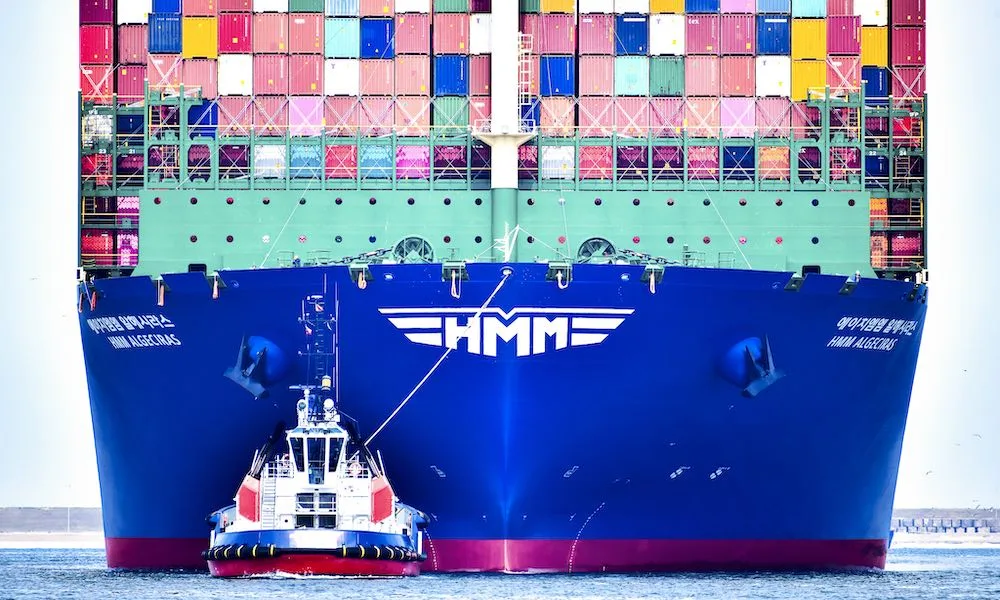During the second quarter of this year, the frequency of incidents involving thieves acting upon inside information has been rising, according to Tony Pelli, global director of supply chain resilience at BSI Consulting.
The company’s second-quarter global cargo theft report – for the period between April 1 to June 25 – shows Miami and Los Angeles were the top two hot spots for insider participation cargo thefts in the U.S.
“The biggest thing that stood out was the increase in insider participation in thefts in the United States,” Pelli told FreightWaves in an interview. “There’s people giving details of information or details of shipments as they are coming out of warehouses or other locations, and people sort of tailing that and stealing it, or using it to facilitate theft in other ways. That was a bit of a surprise to us and something that we don’t see that frequently in the U.S.”
Herndon, Virginia-based BSI Consulting offers solutions for companies operating in sectors such as environmental-health-safety, supply chain security, sustainability and digital trust.
Criminals are using phishing emails and other cybersecurity vulnerabilities to conduct strategic theft incidents, the BSI Consulting report said. Other common trends for insider participation includes:
- Bribing employees for information
- Colluding with corrupt employees at shipping and logistics companies
- Involvement of corrupt truck drivers
- Targeting facilities near major logistics hubs
- Stealing small amounts of goods over time (the ant method)
- Working in an organized group
- Engaging in sophisticated fraudulent schemes
- Damaging company property to conceal thefts
“I think just given how fragmented the trucking and logistics market is in the United States, it’s just tough for smaller companies especially to keep up with that sort of thing,” Pelli said.
Insider threats could be rising because criminals are reaching out to employees who may or may not realize they are being targeted, Pelli said.
“These thefts are becoming more sophisticated and they are soliciting people inside organizations to help with those types of thefts,” Pelli said. “Especially given the locations in California, which is sort of the epicenter of this fraud type of theft, is that it’s sort of a spillover from fraud, where people are realizing now that they can sort of get on the inside of organizations or solicit from the inside of these organizations in order to carry out thefts.”
Pelli said cyber training all employees at a company could be crucial in stopping insider threats.
“Cybersecurity training, knowing to recognize lines of phishing is important – what does a suspicious email look like, what does it look like if you’re being solicited for information even, not trying to get you to click on a link, just asking you about key details that you shouldn’t be divulging to anybody outside the organization,” Pelli said.
In North America, Mexico had the most overall cargo theft incidents at 63% during the quarter, the U.S. accounted for 32% and Canada had 3%, according to BSI’s second-quarter report.
Crimes involving tractor-trailers accounted for 85% of cargo theft cases in the U.S. during the second-quarter, followed by theft from facilities (9%) and rail (5%).
Truck hijackings was the lead theft type at 25%, followed by theft from vehicles (19%), theft from facilities (18%), and theft from container/trailer (6%).
Most thefts, including all modalities, occurred in-transit (39%), from warehouses (22%), from unsecured roadside parking (8%), production facilities (7%) and parking lots (5%).
Food and beverage products were the most stolen commodities by cargo thieves during the quarter, representing 23% of incidents, followed by agricultural products (15%), automotive goods (9%), electronics (9%), manufacturing materials (5%) and construction materials (5%).
During the quarter, BSI said they continued to track a higher number of incidents of thefts via rail.
“I think it’s just because rail theft is sort of an easy target,” Pelli said. “It’s become a bit more sophisticated where it’s happening sort of further from the railhead, so more inland in California, or even as far as sort of Arizona, or other neighboring states.”
Criminals will sometimes cut rail lines on longer trains and pilfer it when it stops.
“They’ll cut the brake lines on longer, larger trains, and then they’ll go shopping, basically go looking at individual containers, and especially targeting things like footwear and electronics,” Pelli said.
To protect themselves against theft and fraud, Pelli recommended companies and logistics professionals do their due diligence on carriers.
“Check out their Federal Motor Carrier Safety Administration information. There’s also other third-party services now that can help with the verification of carriers,” Pelli said. “I know speed is always of the essence when you’re looking to move freight, but even just slowing down a little bit, checking out some of the information, trying to actually call the carrier can help.”
The post Insider threat cargo theft cases rose in Q2, expert says appeared first on FreightWaves.





















